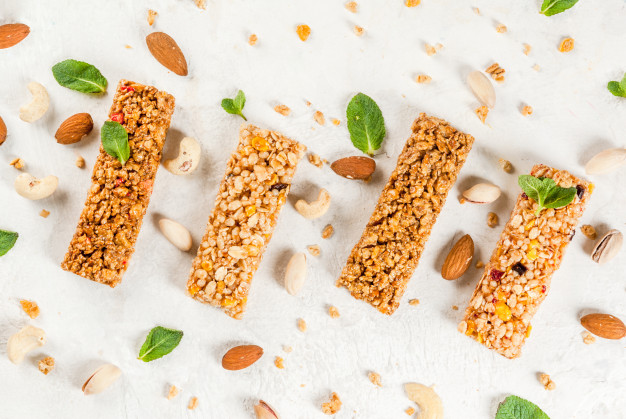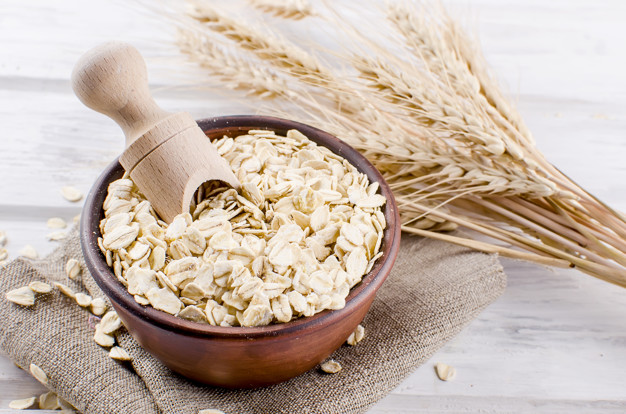In a world where there is an endless variety of yummy, unhealthy, and fatty foods, finding something healthy to eat to stay fit can be very challenging. For you, in daily life, there is so much temptation to resist. To stay healthy and in shape, you need to stop binging on the cookie in your pantry, quit getting a quick snack from the fast-food chain’s drive-thru, and resisting the urge to have a tiny bite of the cake in your fridge.
This temptation happens when you just can’t make enough time to cook a healthy meal for yourself. But don’t worry, we have the perfect solution for you! Your blender can save your time by providing you with some healthy smoothies and soups that will replace your unhealthy and fatty meals.
Yes, you read that correctly. The best meal replacement shakes and soups contain all the nutrients and calories in a specific quantity needed by your body. There are many drinks, bars, and soups at stores considered as a substitute for a substantial meal taken two or three times per day. These drinks help you lose weight faster. How? When you replace your full meal with a glass of a shake, you intend to take in fewer calories but more nutrients, protein, minerals, and other critical healthful substances. Protein shakes also reduces the hunger cravings that result in unhealthy eating.
Best Meal replacement drinks are easy to make, and due to fewer calories, balanced carbs, proteins, and fats, they stabilize your blood sugar levels. You may be eating your perfect meal on time but can yet be lacking calcium, potassium, iron, and vitamins. Hence, taking the protein bars and shakes will help you to meet the daily requirement of essential vitamins and minerals for your body.
Most people ask if the replacements shakes or bars are healthy and safe to take in or not. As far as the product contains no harmful ingredient, it is safe to consume. There are several ways to lose weight through the best meal replacement products.
Following are the seven best meal replacement ideas for achieving a healthy weight loss:
1. Protein Bars
In the modern world, every other person is following some type of diet to lose weight. To aid the weight loss process, people supplement their regular meals with different low-calorie food items. For example, Protein bars have now become one of the most popular meal replacement choices. They are also known as nutritional bars and tend to contain a high amount of protein and healthy carbs. They carry five to ten grams of fat, fiber, and 25 to 30 grams of carbohydrates.
Protein bars help to fulfill different purposes of a human body. Some people intend to replace meals by protein bars to switch a variety of nutrients in a meal. Moreover, you have to eat protein bars in moderation between the meals to reduce weight. Overindulging in protein bars may lead to constipation and will slow down your weight loss.
When weight loss becomes your primary concern, you then know what products to take inside of your body. Protein can affect your metabolism and body weight. It reduces the level of ghrelin, also known as the hunger hormone in your body. Hence, choosing the right protein bar with optimal nutritional value and low sugar content will help you to lose weight.
2. Protein Shakes
Replacing your meal with a healthy shake is the quickest and convenient way to lose weight. When you are using the best meal replacement shake, you should acknowledge the amount of protein, carbs, fiber, calories, and other essential, healthy supplements you’re taking in. Protein shakes provide at least one-third of your daily intake to make you stay healthier.
Not all shakes have healthy ingredients. Shakes that contain artificial flavors or preservatives are not the ones for your body if your goal is to lose weight. Protein shakes that contain more protein helps in better and faster weight loss.
In favor of losing weight, protein shake must contain 15-25 grams of protein, 10-15 healthy fat, and 18 vitamins and minerals. Getting enough of these nutrients can boost up your metabolism and help in losing extra fat.
3. Low-Calorie Soups
Meal replacements soups are high in protein and less in carbs/fats. Replacing your at least two meals with diet soups can reduce your overall calorie intake.
Not all soups you see are for the same purpose. Some contain vegetable oil and sugar in high amounts. Healthy vegetable-based soup can help in reducing the calories gained during the meal.
You can also add a source of protein to your soup, which by controlling your appetite, aids in weight loss. Sources of protein in your soup can be skinless chicken breast and beans that are low in fat.
4. Salads
Not all salads help you to lose weight. Most of the salads do contain more fats and calories than others. Replacing your meal is a common way to lose weight by most of the dieters. A high-calorie meal, when a healthy salad replaces it, washes away all the unwanted calories from the body.
Green leaves are the best friends of dieters. Using a diet-friendly salad can help you lose weight in no time. Beans can also be added to the salad as they are high in protein and fiber. Choose healthy fats for your salad, such as avocado, olives, almonds, pine nuts, and sunflower seeds are few sources of fat for your salad.
5. Oats
Who isn’t familiar with oats? Oats contain several nutritional benefits. For people on a diet, oatmeal is the favorite breakfast to have. The oatmeal diet is usually for the winter season. They provide enough fiber to the human body to lose weight.
Replacing your meal with oatmeal can be beneficial to your health as just one-half cup of oats contains two grams of fiber, 3 grams of protein, and guess what? Zero grams of sugar. They are also a great source of calcium and iron and are low in calories and fat. It makes you feel full longer than other foods as it helps to boost your metabolism.
6. Smoothies
Smoothies are a great way to lose weight when you are in a rush. Meal replacement smoothies are a healthier alternative that contains 200-300 calories and helps reduce calorie intake.
Not just any smoothies, but you should select the one that is rich in protein for meal replacement. Two smoothies a day can be enough for you to get several protein and nutrients needed by the body. Make sure the smoothie you are taking in is lower in calories. Smoothies that focus on fruits, vegetables, and protein with healthy fats are essential and a great source of losing weight.
7. Granola Bars
When it’s about diet and meal replacement, people immediately switch to eating breakfast bars and granola bars instead of taking proper meals. There are several other bars apart from protein bars, such as granola bars. You can eat granola bars or any other healthier breakfast bars in the morning. Your breakfast bars should contain at least 5 grams of protein and 35% of calories. Some healthy bars to consider are Clif bars, Odwalla bars, Luna bars, and crunchy Granola bars.
Conclusion
The best Meal replacement products, when taken in moderation, can help you reduce weight in no time. On the other hand, you should remember that not all shakes, drinks, bars, or salads are healthy for you. You should be very careful and selective of what you eat since a high amount of sugar and carbs can slow down your weight loss.
Read Also:


























